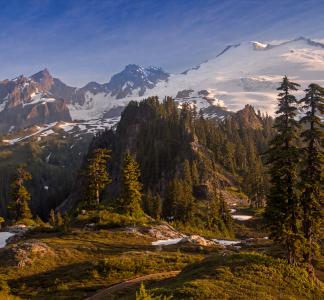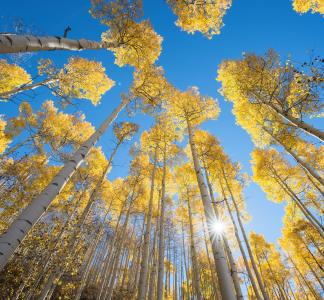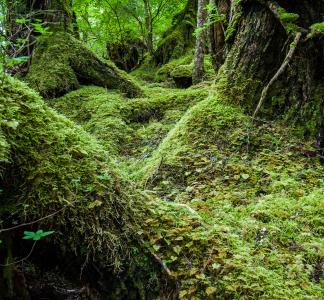Why it’s important to keep the wildest forests free of roads and logging
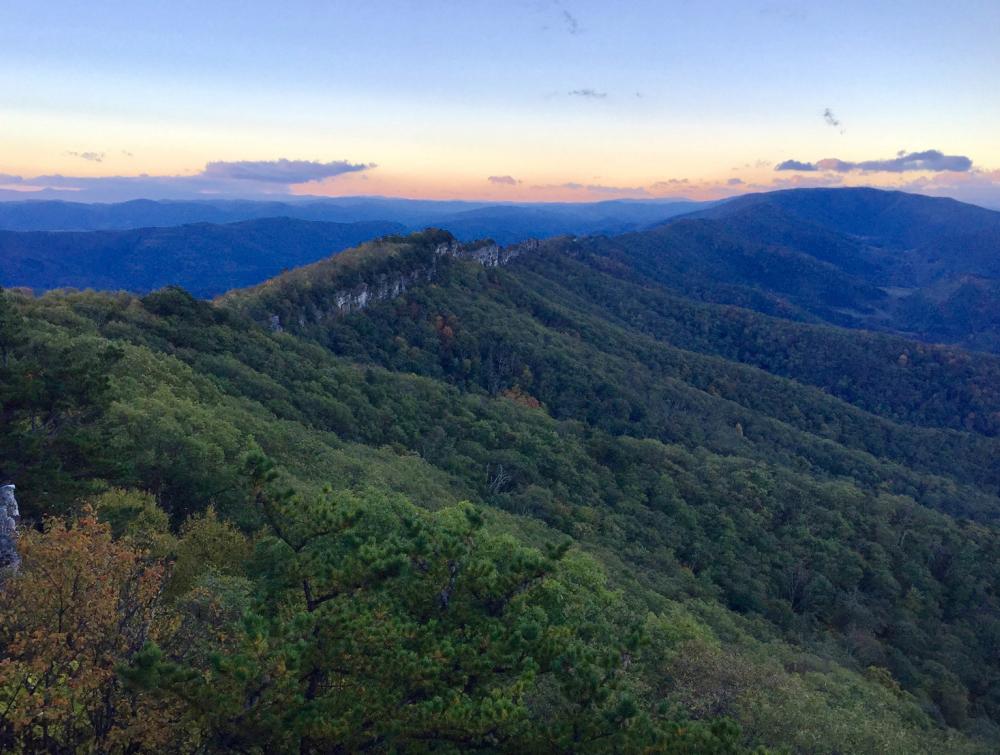
View from North Fork Mountain in Monongahela National Forest, West Virginia
Matt Kearns, West Virginia Rivers Coalition
Roadless Rule helps fight climate change, maintain clean drinking water
Leading up to the late 19th century, America’s forests were treated mostly as a resource for timber and paper. Not until the Forest Reserve Act of 1891 did the federal government begin putting aside some forests for uses other than logging and development. But by then the damage had been done, especially in the eastern half of the country.
Today, America’s national forests are managed in a balanced and sustainable way — not simply exploited. A key part of this balance is identifying the very wildest forestlands and ensuring they are free from logging, road construction and other development. The 2001 Roadless Area Conservation Rule (referred to simply as the “Roadless Rule”) protects these places. Roadless areas make up one-third of national forestlands and are considered the crown jewels of the nation’s wildlands and waters.
Why are roadless areas so important to protect? Watch the video below and read on for just a few reasons…
What are roadless forests good for?
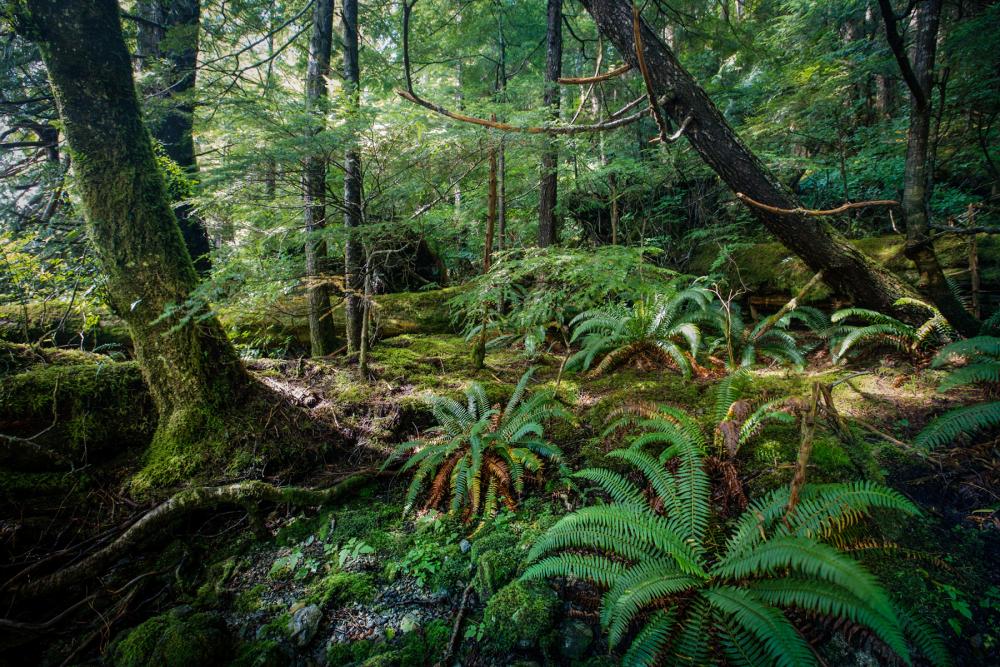
The Tongass National Forest is a natural carbon sink
Nelson Guda
1) Fighting climate change
Old-growth forests are very effective at trapping climate-warming greenhouse gas like carbon dioxide from the atmosphere and storing—or “sequestering”—it. The underlying soil absorbs some of that heat-trapping gas as well, making forests major carbon sinks and an increasingly big part of the discussion when we talk about how to stem the tide of global warming. Keeping these places intact and undeveloped using policies like the Roadless Rule is a key part of any comprehensive plan to confront climate change.
The Tongass National Forest, in Alaska, is a great illustration of that. The Tongass is uniquely suited to trapping greenhouse gases. It has even been called “America’s Climate Forest” and the nation’s “climate insurance policy.” It stores more carbon than any other national forest and is likely one of the most productive carbon-trapping forests on Earth.
More logging would not only blunt that secret weapon, but also make the Tongass a part of the problem. When forests are logged, the carbon that was stored in the trees and soil is released into the atmosphere. A report published in 2016 found logging the Tongass’ old-growth trees would result in greenhouse gas emissions comparable to adding 4 million new vehicles to the roads and having them drive around for the next 100 years.
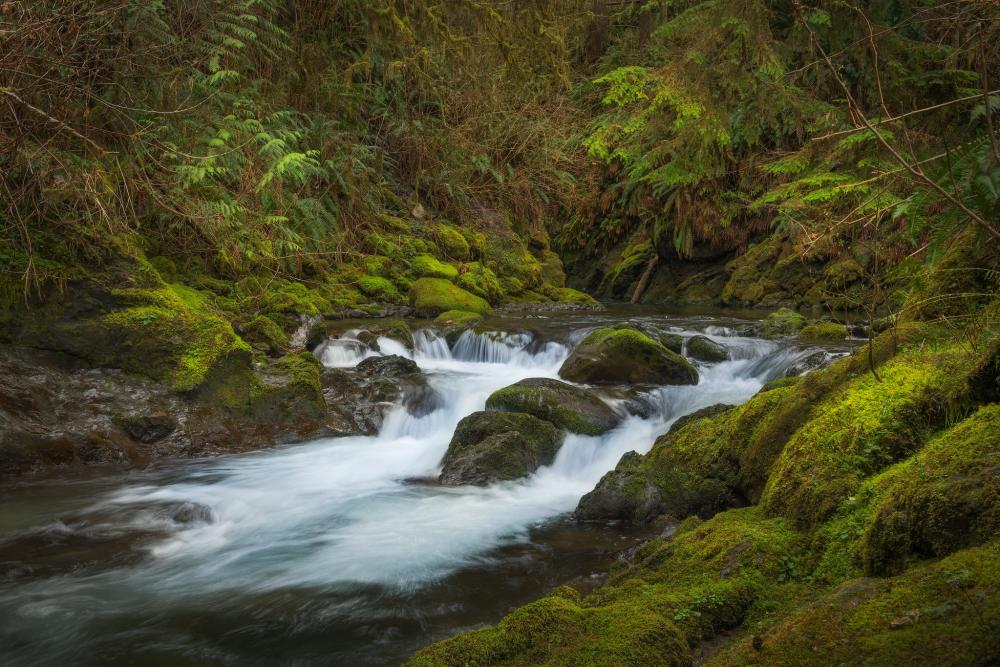
Olympic National Forest, Washington
Mason Cummings, TWS
2) Ensuring clean drinking water
More than 60 million people in the United States get their drinking water from national forests. Communities such as Salt Lake City, Denver and Phoenix get their drinking water from watersheds located almost entirely within roadless areas.
Forests act as a water treatment network that catches rainfall, regulates storm runoff and pulls pollution from the soil rather than allowing it to make it back to waterways. Roads and logging may disrupt that system and also introduce new sediment and pollutants to the mix. Keeping the very wildest forests protected from development helps ensure communities maintain a quality drinking water supplies and subsequently, overall community health..
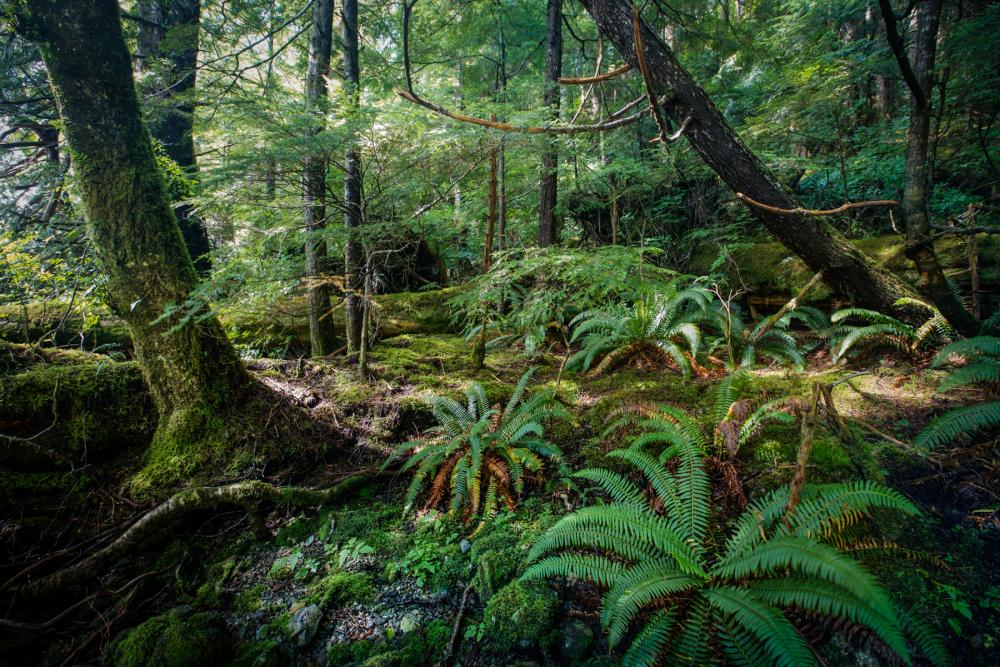
Tongass National Forest, one of the world’s last intact temperate rainforests.
Nelson Guda
3) Preserving fish and wildlife habitat
Fish and wildlife generally do better in places with fewer roads and less logging and development, and that holds true for the National Forest System’s roadless areas. In fact, the Forest Service has said roadless areas provide habitat for more than 220 threatened and endangered species and close to 2,000 other “sensitive” species, ranging from grizzly bears to snails.
One of the big reasons roadless forests are so important is that they offer large and unbroken stretches of habitat. In addition to reducing animal deaths from vehicle traffic and poaching, these unfragmented landscapes allow wildlife to migrate more freely, resulting in stronger populations.
Similarly, watersheds located in areas with fewer roads have healthier fish populations due to reduced pollutants and sediment and other factors. In particular, many roadless areas contain important habitat for commercially important fish like salmon, steelhead and coastal cutthroat trout.
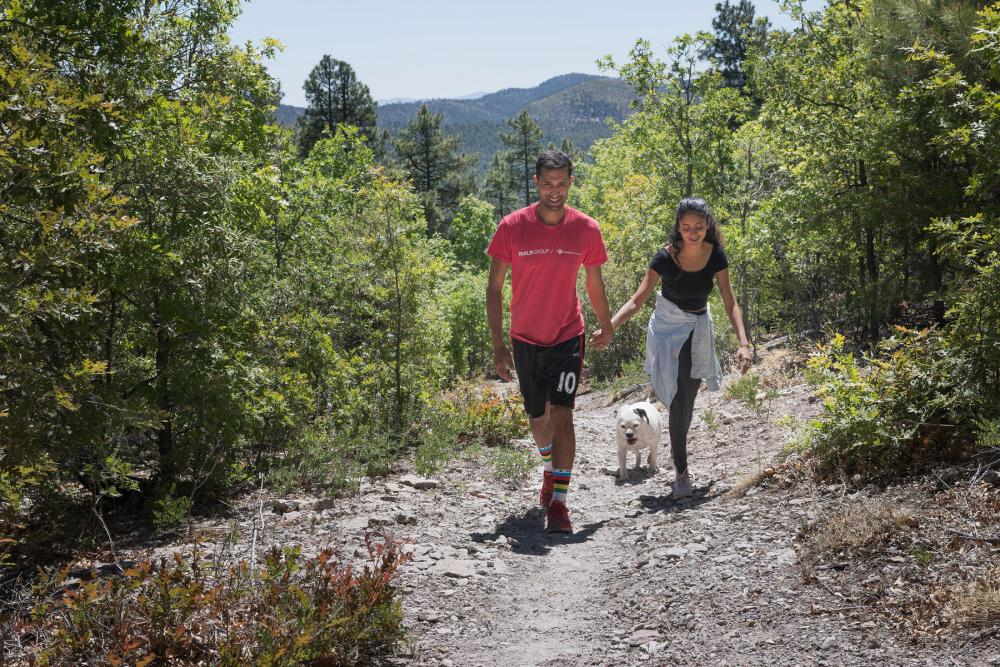
Gila National Forest, New Mexico
Mason Cummings, TWS
4) Preserving outdoor recreation spots
The National Forest System sees about 148 million visitors annually, making its 158,000-mile network of trails among the busiest on earth. Hundreds of milesof those trails are in roadless areas, including parts of the popular Pacific Crest Trail and Appalachian Trail.
Activities in roadless areas go well beyond hiking.In Utah alone, roadless areas are home to 1.2 million miles of backcountry ski terrain, 1,300 climbing routes, 1,100 miles of hiking and nearly 1,000 miles of designated mountain biking trails. These protected roadless areas are core to the foundation of the growing outdoor recreation economy, which generates $887 billion annually in consumer spending and sustains 7.6 million American jobs.
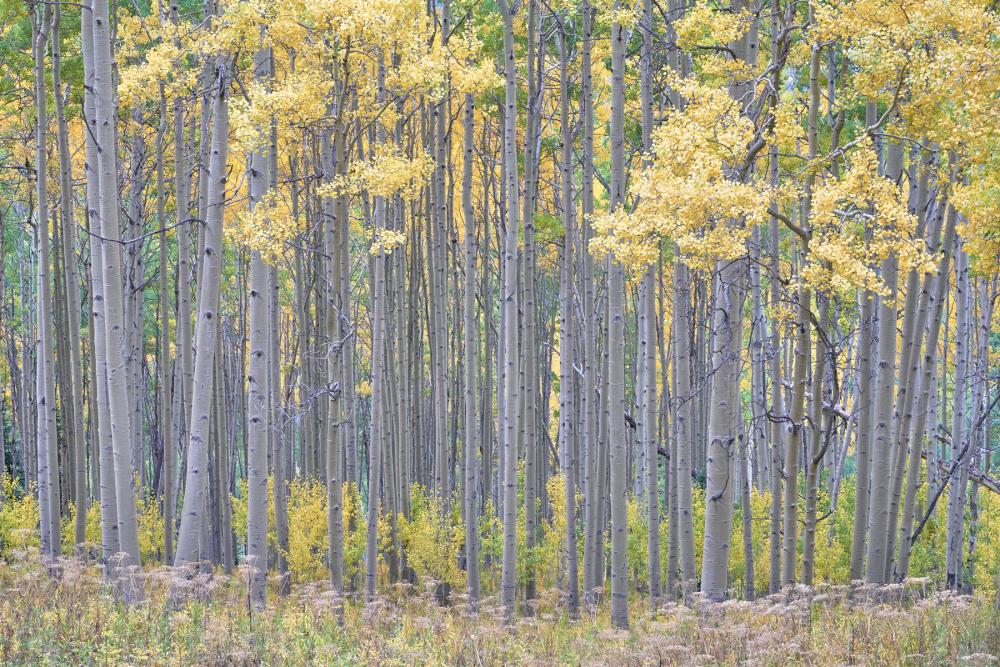
White River National Forest, Colorado
Jon Mullen
Given all the benefits of keeping some forests roadless, you might think the Roadless Rule is universally beloved. Unfortunately, it’s not that simple.
Politicians and special interest groups in some states have pushed to carve loopholes into the law, intending to open up their wildest forests toindustrial-scale logging and road-building. If successful, they could set a precedent of forest-by-forest or state-by-state Roadless Rule exemptions that ends up damaging remote, wild forest areas across the U.S.
We are working to keep the Roadless Rule and other key conservation laws intact amid legal challenges and renewed political pressure from Washington, DC. Find out how you can join us in that fight.
